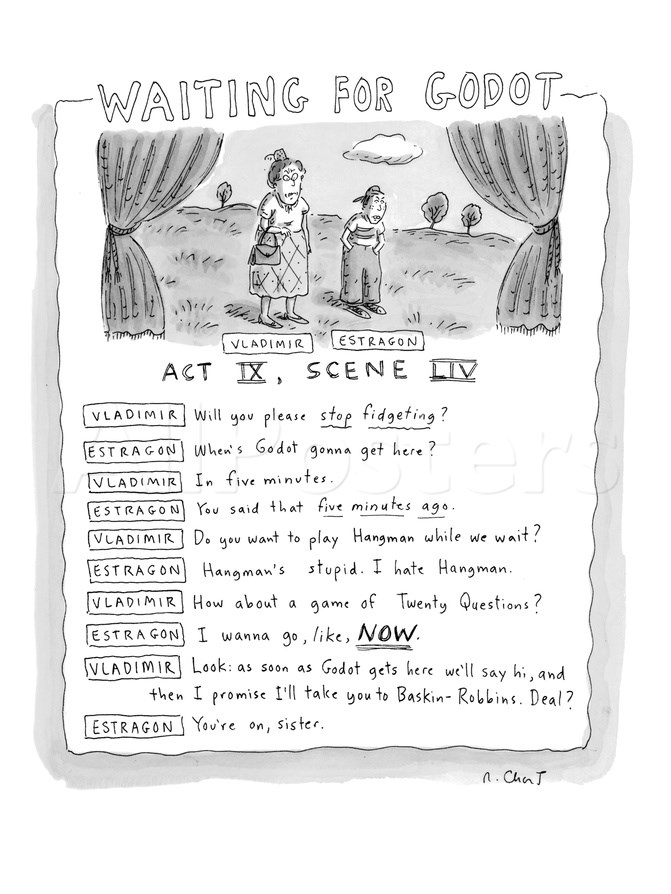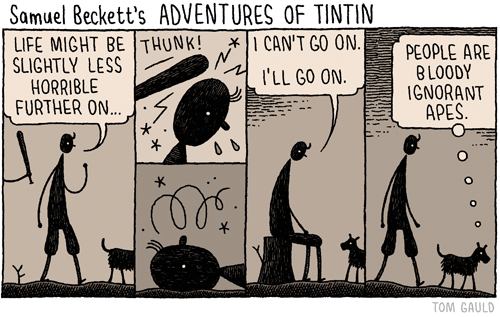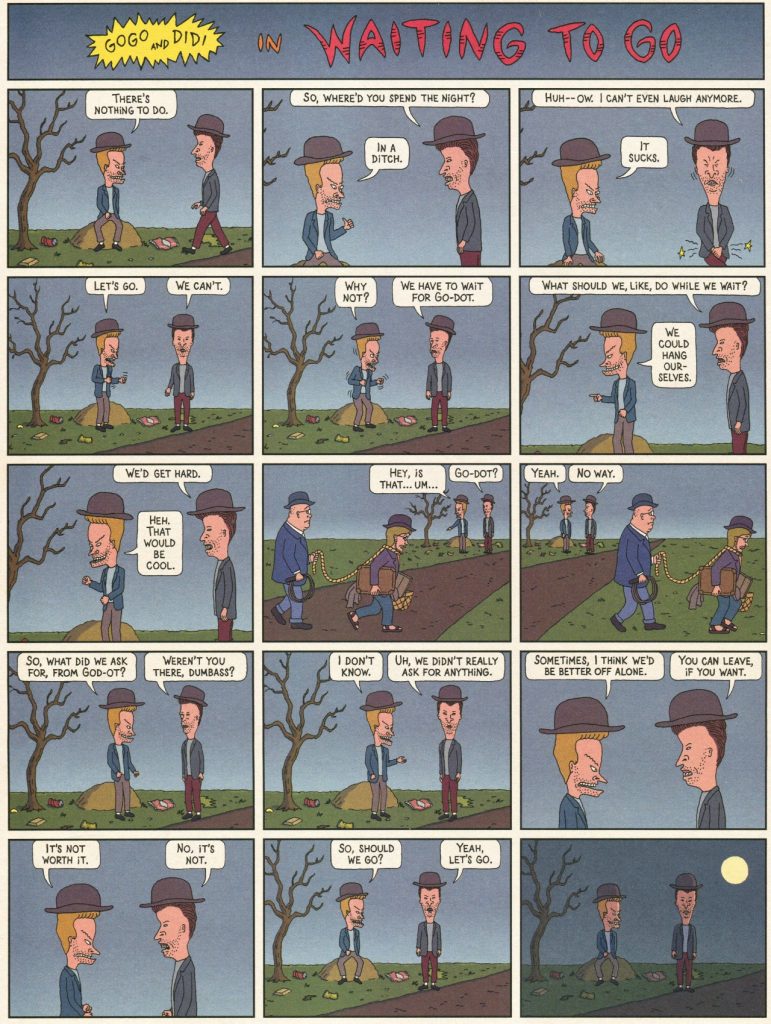Back before it was common practice to preface one’s web posts with the phrase “trigger warning” (which, BTW, might well apply here)…
Before the Internet…
And slightly before the public revelation of her relationship with John Lennon turned a Japanese avant-garde artist into an American household name…
Yoko Ono maintained an aura of imperviousness onstage at Carnegie Hall, as audience members accepted the challenge to cut away her clothing one piece at a time.
This now-famous conceptual performance was documented by filmmakers Albert and David Maysles, who captured nervous laughter and audience commentary along with the onstage action. (Ono had previously performed the piece twice in Japan where—with the exception of one man who wielded the scissors as if intending to stab her—audiences proved reticent and respectful.)
What does Cut Piece mean?
The motionlessness Ono imposed upon herself (and all subsequent performers of the work) keeps things open to interpretation.
It’s been hailed as a deeply symbolic feminist work and represented in the press of the time as an uninhibited, interactive strip show. Many an academic paper has been written.
With so much control ceded to the audience, even the performer couldn’t predict for certain whether the intention of the piece would synch with the reality.
Cut Piece cannot be mistaken for pure improvisation, however. Like John Cage’s 4’33”, it has a score, complete with variations:
Cut Piece
First Version for single performer:
Performer sits on stage with a pair
of scissors placed in front of him.
It is announced that members of the audience
may come on stage–one at
a time–to cut a small piece of the
performer’s clothing to take with them.
Performer remains motionless
throughout the piece.
Piece ends at the performer’s
option.
Ono has said that the impulse for Cut Piece came from the desire to create art free from ego, the “mentality of saying, ‘here you are, take anything you want, any part you want,’ rather than pushing something you chose on someone else.”
She also took inspiration from a familiar childhood story about the Buddha selflessly giving his own body to provide food for a hungry tiger. It seems an apt metaphor, given the facial expressions of certain audience participants. Were they faking a confidence they didn’t feel, or were they just jerks?
Did I mention the trigger warning?
Documentation, as any performance artist will tell you, is not quite the same as being there. Reenactments, too, may fall short of the original.
Ono reprised the work in 2003, at the age of 70, noting that her motivation had shifted from rage to love, and a desire for world peace.
When artist Jon Hendricks performed it in 1968, he did so in a thrift store suit, thus ignoring its creator’s conviction that part of its power came from starting out in one’s best clothes.
It’s all very ballsy, and horrifying, and compelling, and a little hard to watch.
Would you consider trying it in your local library, community hall, or as part of a school fundraiser?
A longer analysis and history of Yoko Ono’s Cut Piece can be found here courtesy of Kevin Concannon.
Related Content:
Yoko Ono, Age 80, Still Has Moves, Dances with The Beastie Boys, Ira Glass, Roberta Flack & Friends
Download the John Lennon/Yoko Ono “War is Over (If You Want It)” Poster in 100+ Languages
John Lennon & Yoko Ono’s Two Appearances on The Dick Cavett Show in 1971 and 72
Ayun Halliday is an author, illustrator, and Chief Primatologist of the East Village Inky zine. Follow her @AyunHalliday






